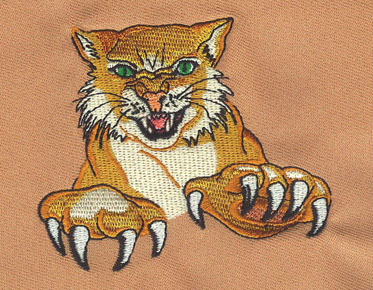Why Designers Use Specific Color Codes or Pantone Colors for Vector Art Design?
In design, color is crucial for accurately
conveying design intent and emotions. However, designers often encounter
challenges such as inaccurate or inconsistent colors, as well as a lack of
available color options. To overcome these challenges, designers can consider
using color codes or Pantone colors system.
Firstly, color coding systems can help
designers better organize their colors. For example, UI designers may use color
coding systems like RGB, HEX, or HSL to create color schemes, ensuring
consistent color representation across different devices and browsers.
Additionally, using specific color coding systems can help designers easily
maintain color consistency with brands and design styles.
Secondly, Pantone is an internationally recognized color standard institution that offers a range of popular colors. Using Pantone colors can ensure consistency throughout the vector design process and ensure that the final work's colors are understood and accepted by audiences globally. Pantone colors are also a popular trend, helping designers keep up with industry developments.
However, designers need to keep the following
points in mind when using specific color codes or Pantone colors:
1. Understanding color coding systems:
Designers need to understand different color coding systems to choose the most
appropriate one for their design needs. For example, in some cases, using RGB
color coding may be more suitable for real-time color adjustments, while in
other cases, HEX or HSL may be more appropriate.
2. Communication with vendors: Designers
should communicate with their vendors or collaborators to ensure they
understand and support the use of specific
color codes or Pantone colors. This will help reduce potential
misunderstandings and ensure accurate colors in the final work.
3. Maintain flexibility: While color codes and
Pantone colors help improve consistency and accuracy in vector art design, designers still need to maintain flexibility to
make adjustments to color schemes when needed.
Now, let's address some frequently asked
questions (FAQ) regarding the use of specific color codes, Pantone colors, and vector
art conversion services:
FAQ 1: Why should designers use specific color
codes instead of simply selecting colors visually?
Using specific color codes provides precision and consistency in color selection. It ensures that the intended colors are accurately reproduced across different devices and platforms, resulting in a more cohesive and professional design.
FAQ 2: How can Pantone colors benefit
designers?
Pantone colors provide a standardized system
of colors that designers can refer to, ensuring consistent color representation
in various applications and print media. Using Pantone colors can help
designers maintain brand consistency and communicate their design vision
effectively.
FAQ 3: What are the advantages of utilizing
vector art conversion services?
Vector art conversion services
enable designers to work with scalable and resolution-independent images. This
flexibility allows for seamless adaptation of designs to different sizes and
formats without compromising quality. Additionally, vector art conversion
services ensure accurate color representation, making them essential for
achieving high-quality, professional designs.
In conclusion, the use of specific color
codes, Pantone colors, and vector conversion services is crucial for designers to ensure accurate color
representation, scalability, and overall design quality. By leveraging these
tools and services, designers can elevate their artwork and effectively
communicate their design intent, resulting in visually stunning and impactful
designs.



